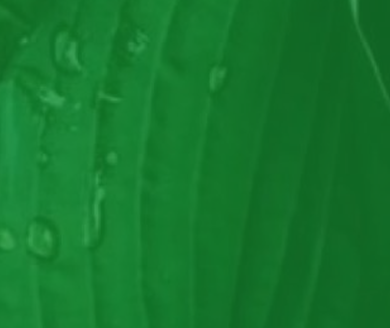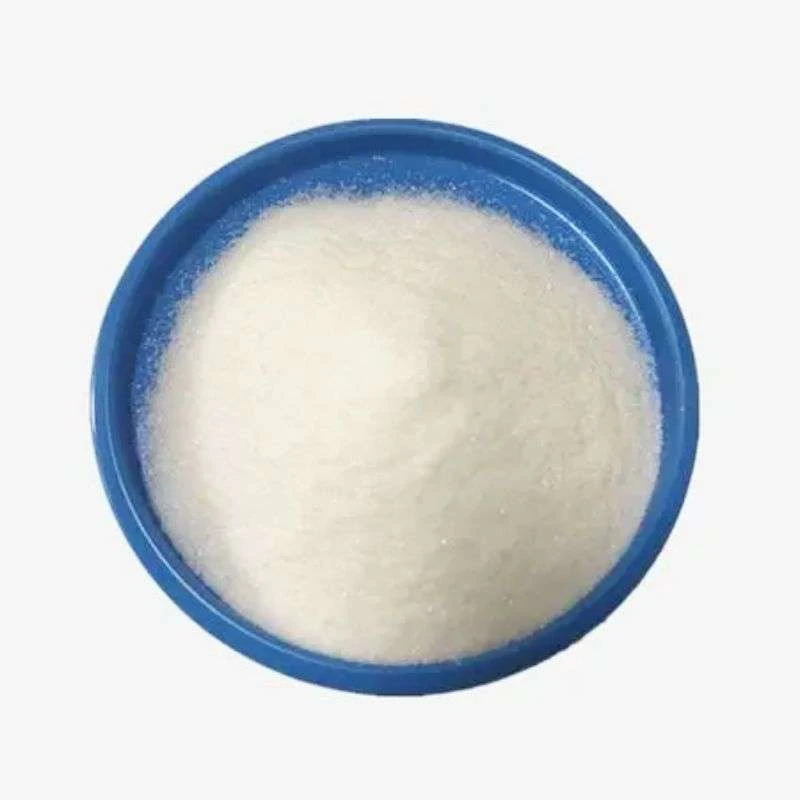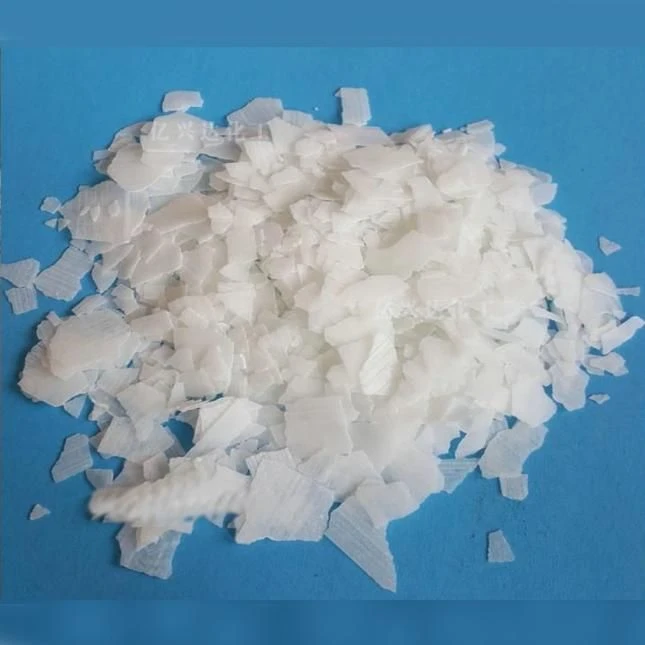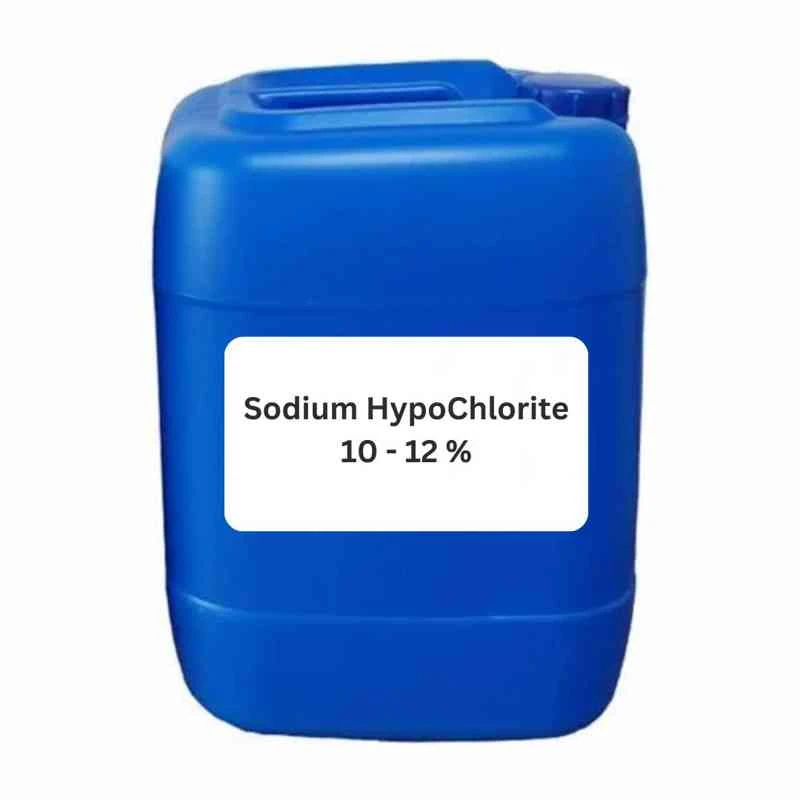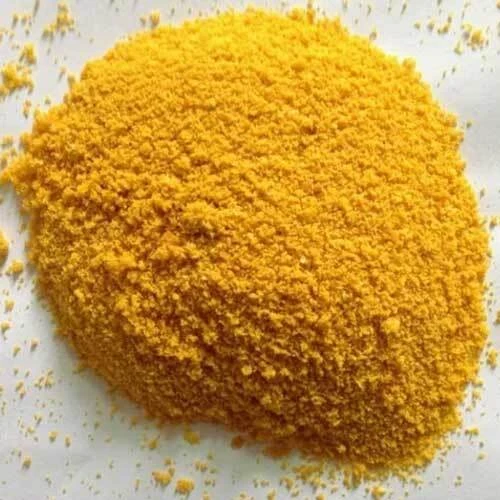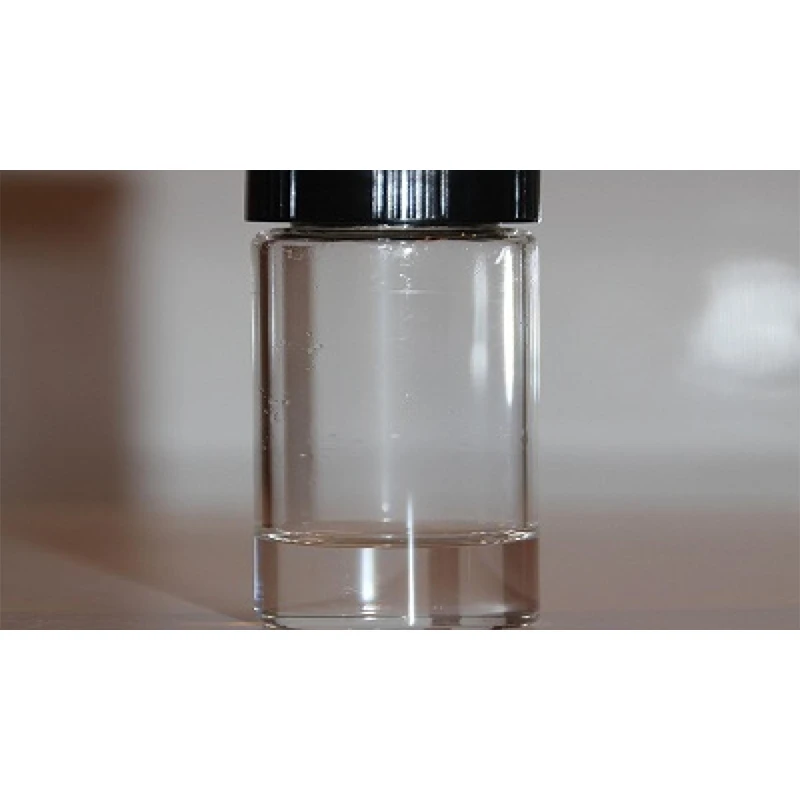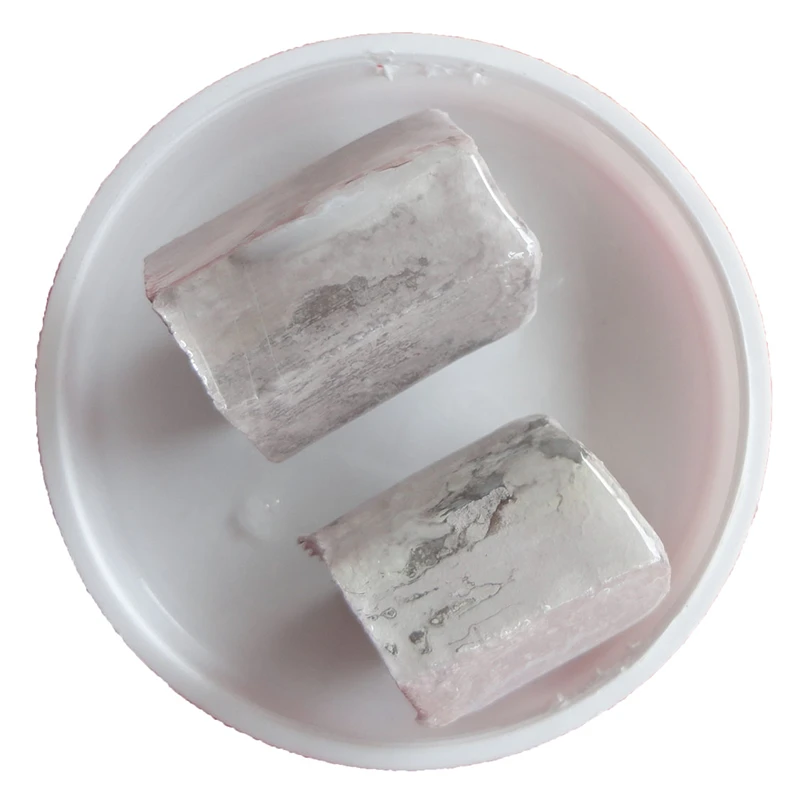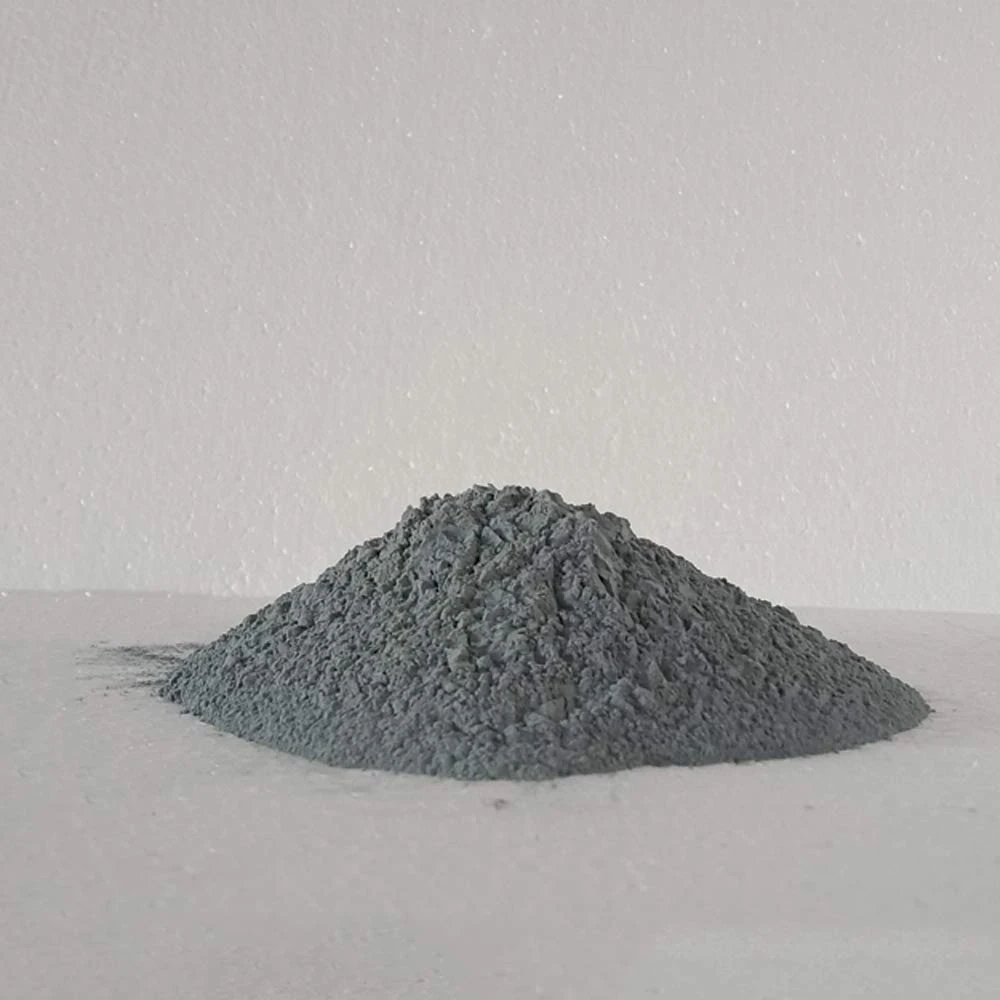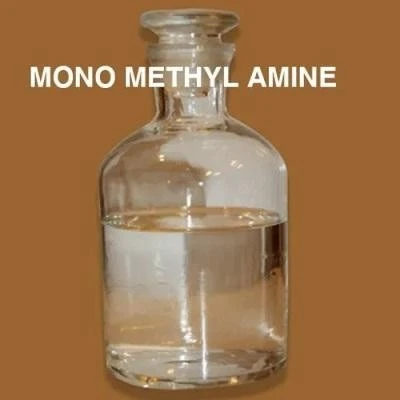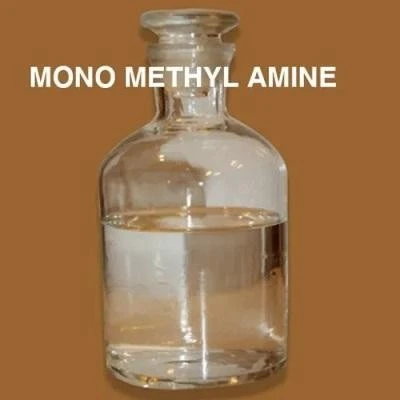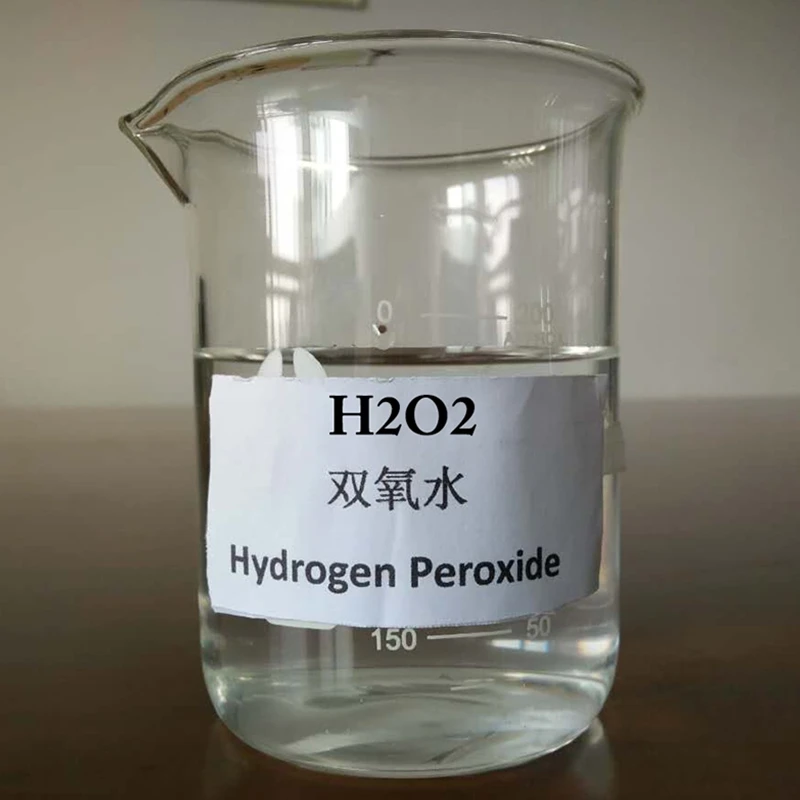
Spirodiclofen 24 SC Acaricide - Broad-Spectrum Mite Control
Spirodiclofen represents a breakthrough in acaricide technology as a selective, non-systemic solution targeting destructive mite populations in agriculture. Developed as part of the novel spirocyclic tetronic acid derivatives, this compound offers unique advantages in resistance management and environmental safety profiles.
Introduction to Spirodiclofen
Modern agriculture faces unprecedented challenges from acarine pests capable of devastating crop yields worldwide. Spirodiclofen emerged as a scientific response to these challenges - a highly effective acaricide specifically targeting mites at various lifecycle stages. Marketed under formulations like Spirodiclofen 24 SC, this compound belongs to the tetronic acid chemical group and functions as a potent inhibitor of lipid biosynthesis.
The development of spirodiclofen marked a significant advance in integrated pest management strategies. Its unique mode of action disrupts energy metabolism in mites by interfering with acetyl-CoA carboxylase, providing exceptional control against resistant strains that had evolved tolerance to earlier generation acaricides. Regulatory approvals began with EPA registration in the early 2000s, with subsequent adoption across European and Asian markets establishing spirodiclofen insecticide as a cornerstone in modern pest management programs.
Hebei Dongfeng Chemical Technology Co., Ltd.
Global supplier of premium technical-grade spirodiclofen for formulation manufacturing | ISO-certified production
Technical Specifications and Performance Data
Spirodiclofen Chemical Properties
Understanding the technical parameters of spirodiklofen provides essential insights into its field performance and formulation stability:
| Parameter | Value | Significance |
|---|---|---|
| IUPAC Name | 3-(2,4-Dichlorophenyl)-2-oxo-1-oxaspiro[4.5]dec-3-en-4-yl 2,2-dimethylbutanoate | Chemical structure classification |
| Molecular Formula | C21H24Cl2O4 | Molecular weight: 411.32 g/mol |
| CAS Number | 148477-71-8 | Chemical identifier |
| Water Solubility (20°C) | 0.05 mg/L | Explains rainfastness characteristics |
| Log Pow | 5.6 | High lipophilicity |
| Vapor Pressure | 3.0 × 10-7 Pa (25°C) | Low volatility |
| Stability in Water (pH 7) | DT50 = 200 days | Optimal stability at neutral pH |
Comparative Efficacy Analysis
Field trials conducted on multiple continents demonstrate the exceptional performance of Spirodiclofen 24 SC formulations against primary mite species:
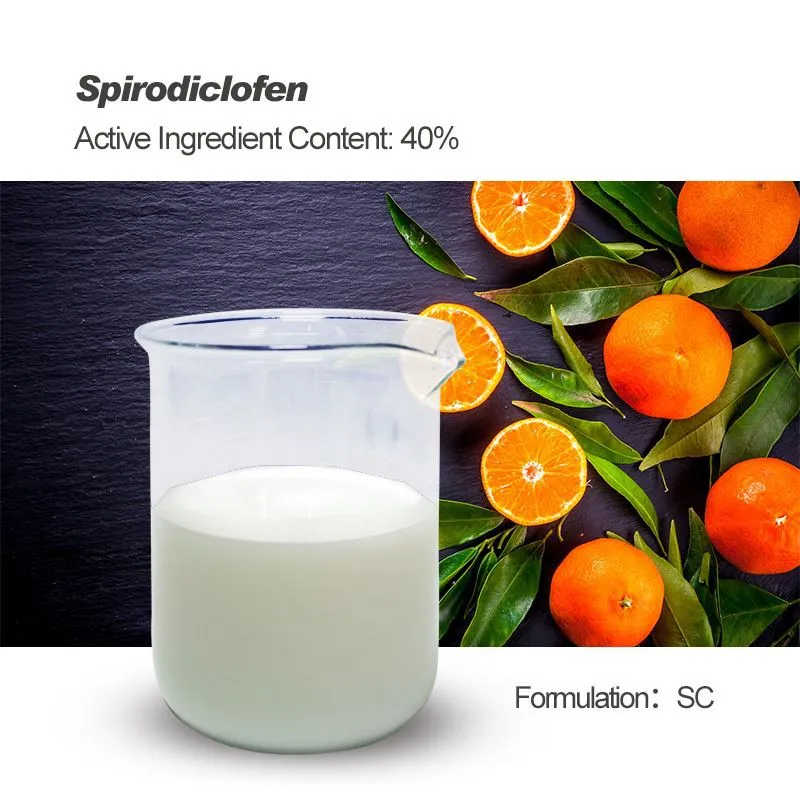
Spirodiclofen Molecular Structure
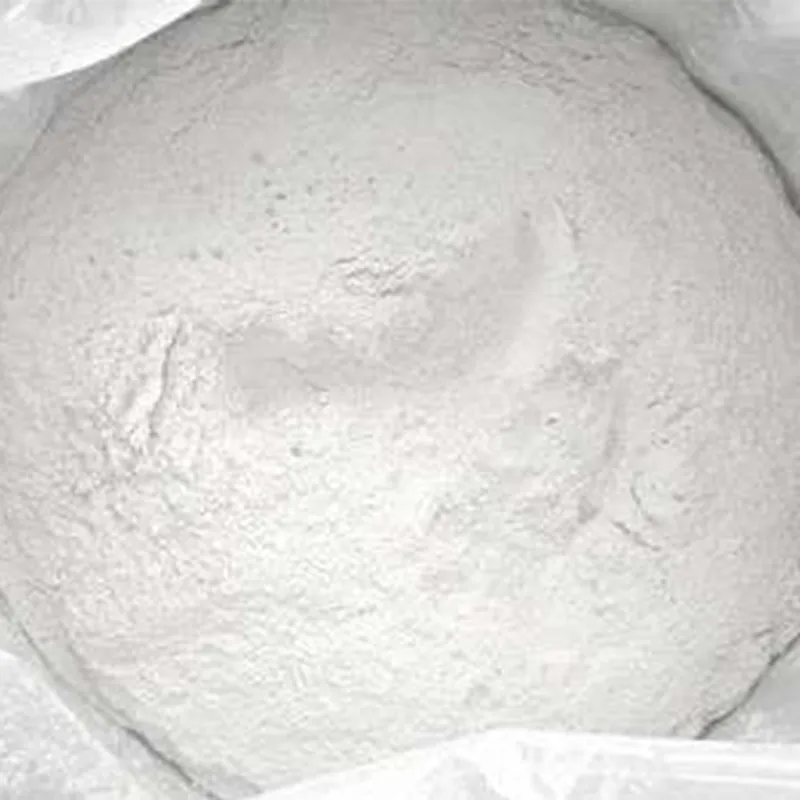
Agricultural Application of Spirodiclofen
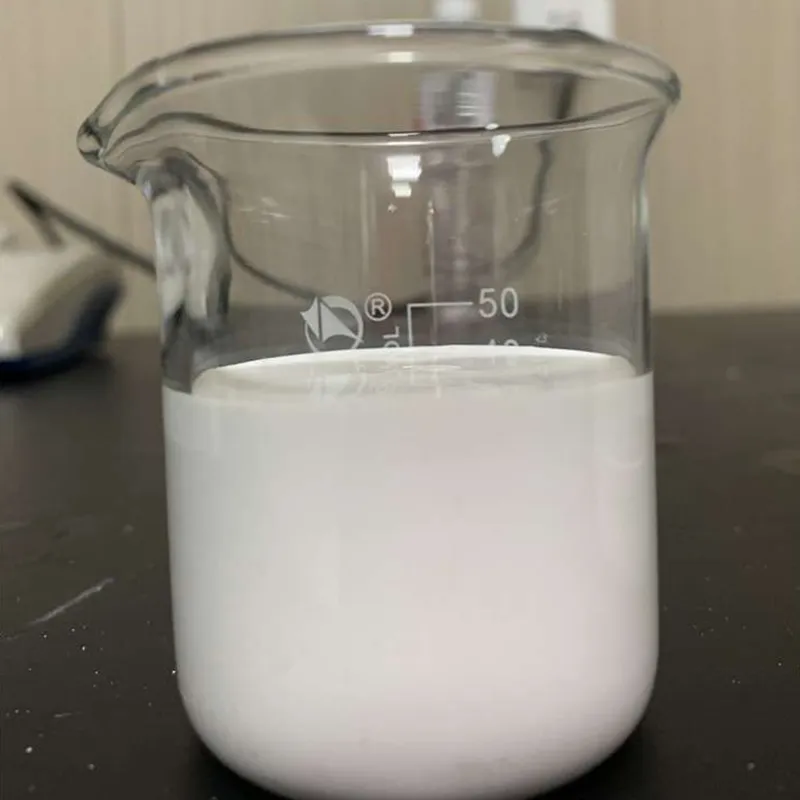
Technical-grade Spirodiclofen Packaging
Agricultural Applications of Spirodiclofen
Spirodiklofen insecticide provides critical protection across numerous crop systems through targeted application methods:
Specialty Crop Protection
Citrus cultivation benefits significantly from spirodiclofen's efficacy against rust mites (Phyllocoptruta oleivora) and citrus red mites (Panonychus citri). Recommended application rates between 0.02-0.04% concentrate deliver residual protection for 21-28 days post-application. In pome fruit orchards, it controls European red mites (Panonychus ulmi) and two-spotted spider mites (Tetranychus urticae) at critical growth stages without phytotoxic effects on sensitive varieties.
Field Crop Applications
Cotton producers rely on Spirodiclofen 24 SC for spider mite management during boll development phases. Application timing coinciding with early mite colonization prevents economic damage to fiber quality parameters. Research demonstrates 89-95% control efficiency at 250-300 mL/hectare application rates in cotton and soybeans when applied preventatively before population explosions.
Hebei Dongfeng Spirodiclofen Product
Spirodiclofen is a new selective, non systemic acaricide belonging to the chemical group of the spirocyclic tetronic acid derivatives. Manufactured to strict ISO quality standards, our technical-grade material guarantees consistent formulation performance.
Key Features:
- Minimum Purity: 95% technical material
- Moisture Content: ≤0.5%
- Acetone Insolubles: ≤0.3%
- Particle Size Distribution: D90 ≤15μm
0086 19933336661
bd@dfchempest.com
0086 13333375967
Room 511, Zelong Building, No.195 Guanghua Road, Shijiazhuang, China 050000
Global Market Insights and Industry Trends
The spirodiclofen insecticide market demonstrates robust growth patterns globally, with expansion projections highlighting key regional developments:
Spirodiclofen adoption continues to increase at approximately 4.2% CAGR globally, driven by three primary factors: expanding registrations in developing agricultural economies, resistance management advantages in perennial crop systems, and formulation advancements improving user safety profiles while maintaining efficacy against challenging mite populations.
Spirodiclofen FAQs: Technical Applications
What PH stability range does Spirodiclofen exhibit in tank mix solutions?
Spirodiclofen maintains optimal chemical stability within a pH range of 5.0-7.0. Below pH 4, hydrolysis rates increase significantly, with DT50 decreasing to approximately 48 hours. Always conduct jar compatibility tests before mixing with alkaline formulations.
How does Spirodiclofen formulation type affect acaricidal performance?
Suspension Concentrate (SC) formulations like Spirodiclofen 24 SC provide superior foliar retention compared to emulsifiable concentrates. The SC particle size distribution directly influences rainfastness, with D90 particle size ≤15μm demonstrating optimal performance characteristics in replicated trials.
What resistance management strategies are recommended with Spirodiclofen?
The Insecticide Resistance Action Committee (IRAC) classifies spirodiclofen in Group 23, recommending rotation with compounds from Group 6 (avermectins), Group 10 (clofentezine), and Group 20B (acequinocyl) to maintain long-term efficacy through mode of action diversification.
What re-entry intervals (REI) apply after Spirodiclofen application?
Standard REI for spirodiklofen formulations is 12 hours for low-concentration applications (≤0.03%), extending to 24 hours for higher-rate applications in enclosed environments. Always consult regional regulatory requirements which may impose additional restrictions.
How does temperature affect Spirodiclofen biological efficacy?
Biological activity increases within the range of 15-28°C, with optimal performance at 22-26°C. Below 15°C, metabolic activity in target organisms decreases, potentially extending time-to-kill by 25-40% compared to optimal temperature conditions.
What maximum residue levels (MRLs) apply to Spirodiclofen?
Current Codex Alimentarius MRLs for Spirodiclofen are: Citrus fruits (0.8 mg/kg), Pome fruits (0.5 mg/kg), Tomatoes (0.5 mg/kg), and Cotton seed (0.05 mg/kg). Always verify destination market regulations before application.
What adjuvant systems enhance Spirodiclofen rainfastness?
Modified vegetable oil adjuvants (1% v/v) improve rainfastness by 30-45% compared to non-adjuvanted applications. Silicone-based surfactants provide inconsistent improvement, and in some cases, may reduce residual activity against mite eggs.
Environmental Profile and Regulatory Status
Spirodiclofen insecticide exhibits favorable environmental characteristics compared to older acaricide chemistries:
Bee toxicity studies place spirodiclofen in WHO Class U (unlikely to present acute hazard) with acute oral LD50 >100 μg/bee. Its low water solubility minimizes aquatic exposure risks, with Daphnia magna EC50 = 0.19 mg/L at 48 hours. Current regulatory approvals include full registration under EPA (USA), EU Commission Regulation 540/2011, and registration in over 45 countries with no significant use restrictions anticipated based on current ecological risk assessments.
Scientific References and Publications
- Marcic, D. (2012). Acaricides in Modern Management of Plant-Feeding Mites. Journal of Pest Science, 85(4), 395–408. https://doi.org/10.1007/s10340-012-0443-0
- IRAC Mode of Action Classification Scheme. Version 9.4. (2023). Insecticide Resistance Action Committee. https://irac-online.org/modes-of-action/
- EFSA Journal. (2012). Scientific Opinion on Spirodiclofen. European Food Safety Authority, 10(5), 2686. https://efsa.onlinelibrary.wiley.com/doi/10.2903/j.efsa.2012.2686
- Van Leeuwen, T., et al. (2015). Resistance Selection and Molecular Mechanisms in Tetranychus urticae. Pesticide Biochemistry and Physiology, 121, 56–61. https://doi.org/10.1016/j.pestbp.2015.02.007
- FAO Specification for Spirodiclofen (2021). Food and Agriculture Organization of the United Nations. https://www.fao.org/agriculture/crops/thematic-sitemap/theme/pests/code/specs/en/
Hebei Dongfeng Chemical Technology Co., Ltd. | ISO 9001:2015 Certified Manufacturer
www.dfchempest.com | Technical Support: +86 19933336661 | Export Department: bd@dfchempest.com
-
Uncover the Benefits of Sodium ChlorateNewsJun.24,2025
-
Sodium for Sale: Your Essential ResourceNewsJun.24,2025
-
Raw Materials in Chemical IndustryNewsJun.24,2025
-
Potassium Hydroxide: Versatile Solutions for Your NeedsNewsJun.24,2025
-
Organic Pesticides and Chemical Raw Materials: Building a Sustainable FutureNewsJun.24,2025
-
Discover Premium Chlorine Tablets TodayNewsJun.24,2025
-
Zinc for Sale: Your Essential ResourceNewsJun.04,2025

